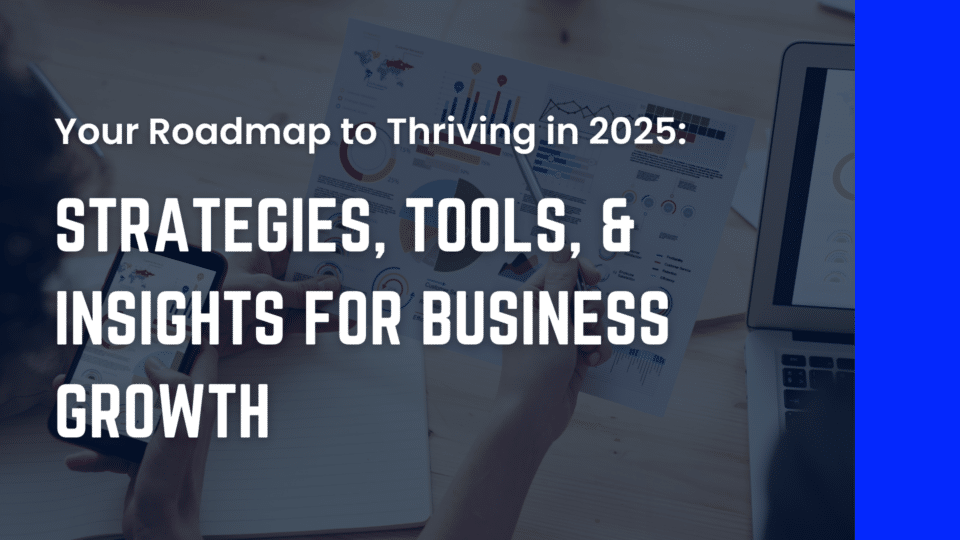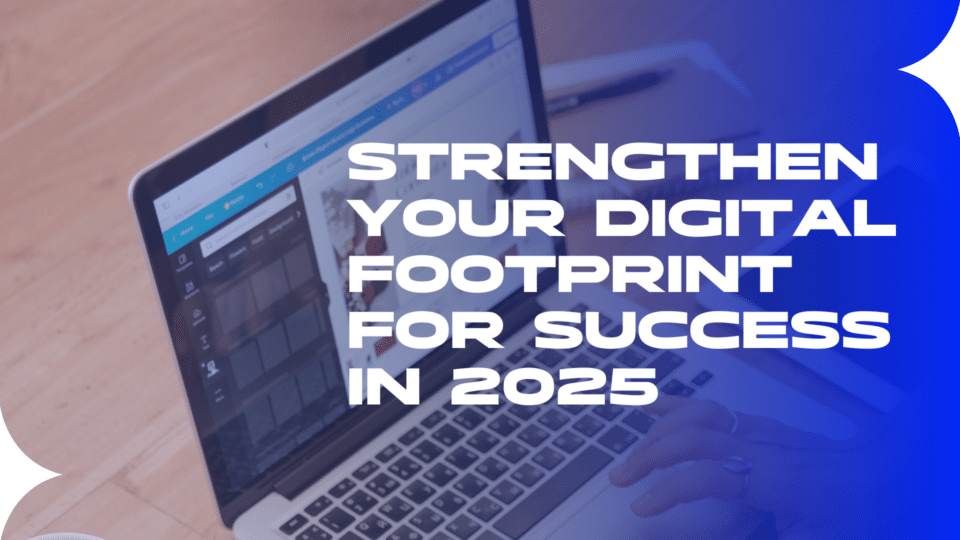
Use Your Social Media Metrics to Drive Big Results
August 20, 2024
Your Guide to Craft the Ultimate Social Media Strategy
September 3, 2024A Search Engine Results Page (SERP) is the display of web pages returned by a search engine in response to a user’s query. It includes both organic search results, ranked by relevance, and paid advertisements. The main components of a SERP include Local Service Ads, Google PPC (Pay-Per-Click), Local Map Ads, and Website SEO.

Local Service Ads (LSA)
Local Service Ads on Google are targeted advertisements for local businesses, such as plumbers or electricians. They appear at the top of Google search results, offering high visibility and several benefits:
1. Local Targeting: These ads connect service providers with local customers.
2. Pay-Per-Lead: Businesses pay only for legitimate leads, not clicks.
3. Google Guarantee: Qualifying businesses receive a badge, enhancing trust.
4. Ad Content: Ads include essential business information and customer reviews.
5. Ease of Use: Setting up these ads is straightforward and includes business verification.
6. Ranking Factors: Ad ranking depends on location proximity, reviews, responsiveness, and business hours.
7. Direct Customer Interaction: Customers can directly contact businesses through the ad.
Local Service Ads are a cost-effective way for local businesses to reach potential customers, providing both visibility and credibility on Google.

Google PPC (Pay-Per-Click)
Google Search Ads are a form of online advertising that allows businesses to display ads on Google’s search engine results pages (SERPs). These ads are typically text-based and shown to users who search for relevant keywords associated with the business’s products or services. Here’s a concise overview:
1. Keyword-Based Targeting: Ads are displayed based on specific keywords that businesses bid on. When a user searches for these keywords, the relevant ads appear.
2. Cost-Per-Click (CPC) Model: Businesses pay each time a user clicks on their ad, allowing for budget control and measurement of return on investment.
3. Ad Placement: Ads can appear above or below the organic search results on Google. The position is determined by factors like bid amount, ad relevance, and quality score.
4. Customizable Ad Content: Ads typically include a headline, a display URL, and a description. Businesses can tailor this content to capture the attention of potential customers.
5. Ad Extensions: Additional information such as contact details, links to specific parts of a website, or product listings can be included through ad extensions, enhancing the ad’s effectiveness.
6. Target Audience Selection: Businesses can target ads based on user location, device type, and other demographic factors.
7. Performance Tracking: Google provides tools to track ad performance, including metrics like click-through rate, conversion rate, and overall effectiveness.
Google Search Ads are an effective tool for businesses to increase visibility in SERPs, drive targeted traffic to their websites, and ultimately enhance their online presence and sales.

Local Map Ads
Local Ads, distinct from Local Service Ads, are a type of advertising aimed at reaching customers in a specific geographic area. They appear in various digital formats and are not limited to service-based businesses. Key aspects include:
1. Geographic Targeting: These ads target potential customers within a specified local area, making them relevant for businesses like restaurants, retail stores, and local events.
2. Multiple Formats: They can appear as display ads on websites, sponsored posts in social media feeds, or as listings in local directories.
3. Cost Structure: Payment models can vary, including pay-per-click (PPC), fixed-rate sponsorships, or impressions-based pricing.
4. Customizable Content: Businesses can tailor ad content, including images, videos, and text, to appeal to the local audience.
5. Integration with Maps: Local Ads often integrate with mapping services, showing business locations when relevant searches are made, which is particularly useful for businesses with physical locations.
6. Audience Targeting Options: Beyond location, ads can be targeted based on demographics, interests, and online behaviors of the local population.
7. Analytics and Tracking: These ads come with tools for tracking performance, such as views, clicks, and conversions, helping businesses measure the effectiveness of their local advertising efforts.
Local Ads are a versatile and effective way for businesses to engage with a local audience, driving both online and in-store traffic.

Website SEO (Search Engine Optimization)
Organic Search refers to the natural, unpaid results that appear in a search engine’s results page (SERP) when a user types in a query. These results are determined by the search engine’s algorithms and are based on relevance to the user’s search terms and website quality. Key aspects include:
1. Relevance and Quality: Search engines rank pages based on how closely they match the user query and the perceived quality of the content.
2. No Payment to Search Engines: Unlike paid advertising, organic search results don’t involve payment to search engines. They are ranked based on their organic merit.
3. Search Engine Optimization (SEO): Website owners use SEO techniques to improve their organic search ranking. This includes optimizing content, improving site speed, and acquiring quality backlinks.
4. Content is King: High-quality, informative, and user-friendly content tends to rank higher in organic search results.
5. Long-Term Strategy: Achieving a high ranking in organic search can take time and consistent effort, but it’s often more sustainable and cost-effective in the long run.
6. User Trust and Credibility: Users often perceive organic search results as more credible and trustworthy than paid ads.
Organic Search is a vital component of online visibility and digital marketing strategies, helping businesses and content creators attract traffic to their websites naturally.
Key Takeaways
Understanding and leveraging the different components of a Search Engine Results Page (SERP) can significantly enhance a business’s online visibility and effectiveness. By utilizing Local Service Ads, Google PPC, Local Map Ads, and optimizing for organic search through Website SEO, businesses can attract more calls, walk-ins, and overall engagement from potential customers.




